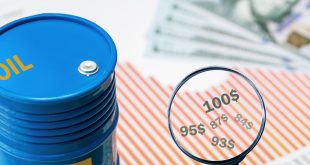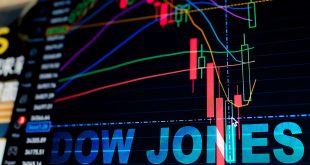Gold prices surged 0.20% to $3,381 per troy ounce, driven by mounting expectations of a Federal Reserve interest rate cut following lackluster U.S. economic data. The disappointing July Nonfarm Payrolls (NFP) report, combined with a slowdown in the services sector, has fueled speculation of monetary easing as early as September. President Donald Trump’s impending decision on a new Federal Reserve Governor, following Adriana Kugler’s resignation and uncertainty over Jerome Powell’s successor, alongside looming U.S. tariffs set to take effect on August 7, has bolstered gold’s appeal as a safe-haven asset.
Recent U.S. economic indicators have raised concerns about growth. The Institute for Supply Management (ISM) Services PMI fell to 50.1 in July from 50.8 in June, missing forecasts for a rise to 51.5, signaling a slowdown in business activity. Meanwhile, the U.S. trade deficit narrowed to $60.2 billion in June, its lowest in nearly two years, driven partly by a reduced trade gap with China, according to the Bureau of Economic Analysis. These developments, coupled with doubts about the reliability of upcoming economic data after the removal of the Bureau of Labor Statistics head, have driven investors to gold, pushing prices toward the $3,400 threshold.
Trump’s trade policies are adding to market volatility. Effective August 7, U.S. tariffs will range between 10% and 41%, lifting the average duty to 18.3%, the highest since 1934, according to Yale’s Budget Lab. These tariffs, aimed at reshaping global trade, are stoking inflation fears, which, alongside a weaker U.S. dollar, are supporting gold’s rally. Analysts at Citi have revised their three-month gold price forecast to $3,500 per troy ounce, citing persistent U.S. growth concerns and tariff-induced inflation as key drivers for bullion’s push to new all-time highs.
Technically, gold is gaining strong momentum, breaking through resistance at the 50-day and 20-day Simple Moving Averages near $3,343 and $3,350. Prices have reached a nine-day high, with buyers targeting $3,400. A break above the July 23 peak of $3,438 could see gold test the June 16 high of $3,452. However, a decline below $3,350 might push prices toward $3,300 or the 100-day SMA at $3,267. With upcoming U.S. data releases, including Jobless Claims and Consumer Sentiment, and speeches from Federal Reserve officials, gold’s trajectory will depend on macroeconomic signals and Trump’s evolving trade and monetary policy decisions.

 Noor Trends News, Technical Analysis, Educational Tools and Recommendations
Noor Trends News, Technical Analysis, Educational Tools and Recommendations




